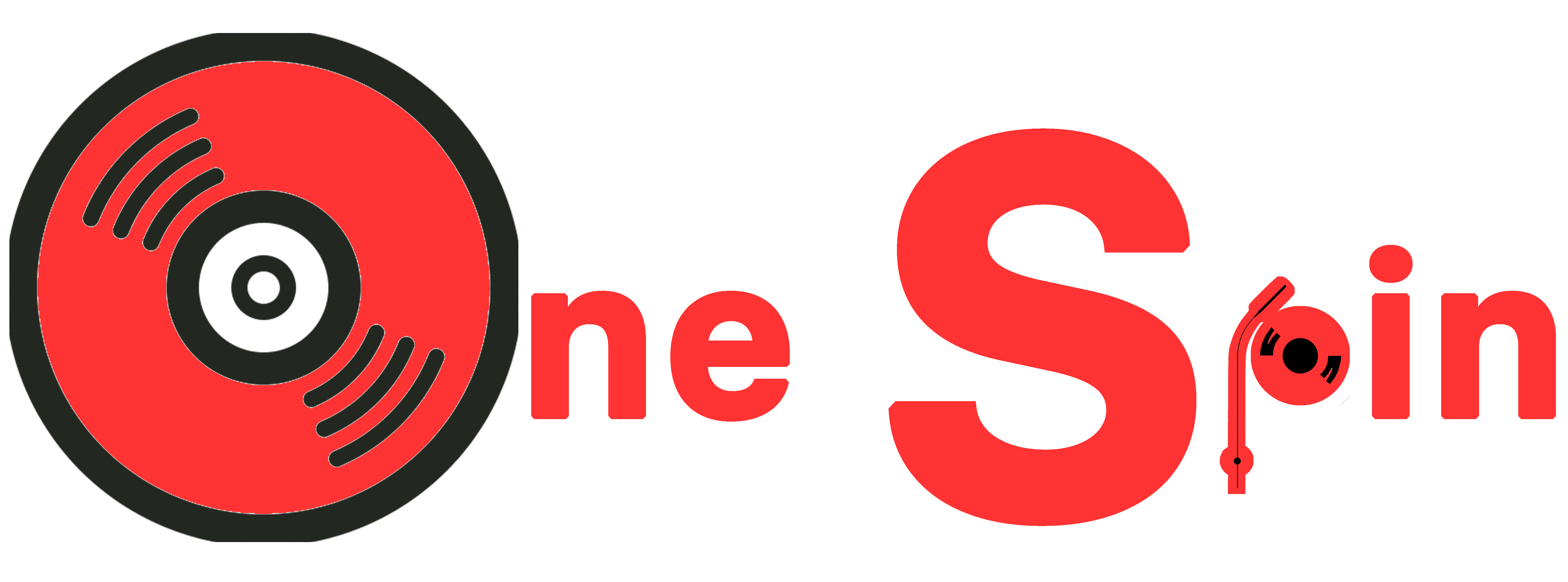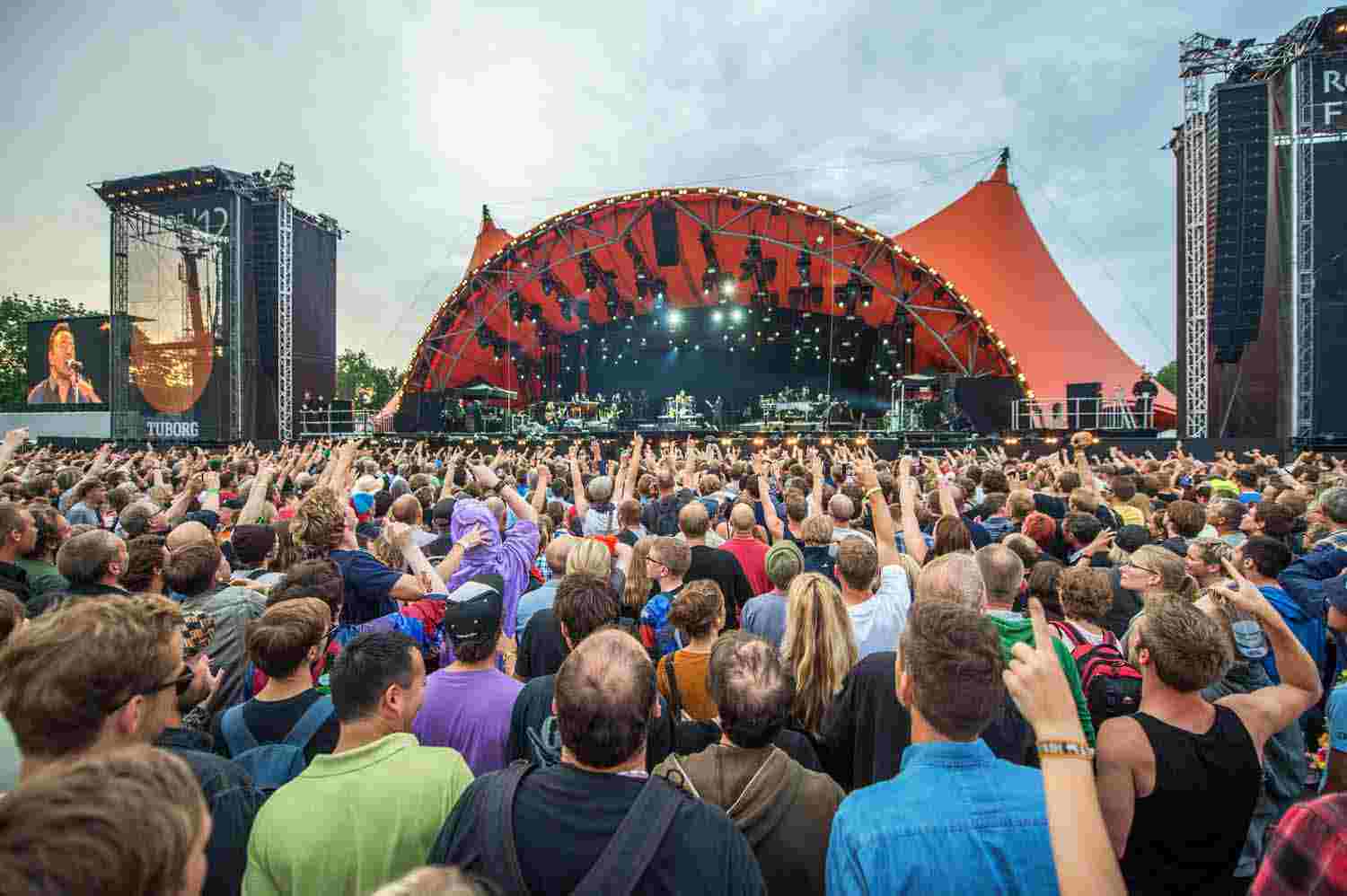With an afternoon’s worth of time on my hands and a disgusting amount of streaming content at my disposal, I recently set out on a dual-purpose mission of education and entertainment; the time had finally come to watch both Fyre: The Greatest Party That Never Happened and Trainwreck: Woodstock ‘99. With a frantic trailer chock-full of burning sound booths under skies filled with hurled debris, Trainwreck seemed a lock to sate my entertainment appetite. More sanguine and mysterious, the Fyre teaser featured plenty of luxury boats, picturesque tropical landscapes, and just enough promise of drama to relieve my boredom whet my appetite. What follows is my synopsis of two of the greatest concert disasters (and their documentaries) in recent history.
Fyre seemed the logical choice to lead. At half as long and far less visceral, I thought it’d serve as a nice undercard, saving the dystopian carnage of Trainwreck for the main event. Spreading far beyond the music community, the sham festival drew international attention both during its promotion and subsequent downfall. However, the 2019 documentary chronicling the debacle didn’t fare nearly as well—mostly because it wasn’t nearly as interesting. Recent memory and media overload take the blame for much of the letdown. Occurring only a few years ago and heavily promoted on social media, nearly everyone with an interest in the documentary already knows the basic plot.
Promoter lies about festival. Overeager punters bite.
Without a compelling what, director Chris Smith focuses our attention on the why. Slightly more nuanced, but not groundbreaking either, we come to learn that it’s not prudent to attend a music festival solely on the allure of watching bikini-clad models traipsing around in motorboats. No revelation there for true tuneheads, but perhaps if one spends their lives glued to their screens, lost in the sea of social media, this might be a decent moral to a modern fable, but I shouldn’t be too hard on the hapless concertgoers. I myself had just been duped into watching a documentary whose best parts also consisted of watching bikini-clad models traipsing around in motorboats. Go figure.
Fyre: The Greatest Party That Never Happened isn’t a bad watch, but Smith struggles to build a tense, engaging narrative around a simplistic story of greed and gullibility that everyone already knows. The main players aren’t particularly compelling either. Billy McFarland is cast as cartoonishly dopeish, and the cardboard characters on his support team give audiences little reason to care about them or their plight. It’s not particularly entertaining, and those hoping for more emphasis on the part that music and party played in the collapse will be severely disappointed.
Under a more fitting title, like Hero Worship in the Times of Tech: How Not to Play The Patsy, the piece might have drawn a more appropriate audience and prepared viewers for the largely didactic narration. Overpromising and under-delivering, the documentary in its current form stays true to the festival on which it is based.
Onto the real Fire Festival…
Before Trainwreck, I had no knowledge of Woodstock ‘99 other than that it had happened. I vaguely remember hearing bits and pieces of its decomposition on the major news channels, but it largely came and went in an era before social media and internet oversaturation—and that is what makes the documentary infinitely more interesting.
With the subject matter living in that brief window of abundant technology without continuous connectivity, director Jamie Crawford possesses maximum control over the story, choosing what to highlight and what to omit. The original Woodstock lacked ample coverage. Archival footage captured on ancient camcorders is grainy and cherry-picked, while any occurrence today is covered in real-time, overdose-level quantity. This disaster happened in the Goldilocks era of media and Crawford does a fine job of selecting the prime cuts and trimming the fat.
Unlike Fyre Festival, Woodstock ‘99 actually happened, so immediately the promise of action exists. Interviews and a few key attendance numbers set the stage for the carnage to follow and once the madness gets going, the suspenseful pacing creates a binge-worthy drama. As its name implies, Trainwreck is exactly that—it is nearly impossible to turn away once the mayhem begins.
Through the lens of time, Crawford paints a couple of the organizers and staff as a bit irresponsible and some as downright commercially predatorial. Whether this is done fairly is difficult to say. I don’t think making a profit hosting entertainment necessarily constitutes an evil, but questions could easily be raised as to whether or not cloistering concert goers on a former air base and not providing effective, adequate, and affordable facilities is morally responsible. The documentary also raises questions about the conduct of some bands as the crowd behavior began to devolve. It doesn’t seem right to lay the blame at the feet of bands like Korn, Limp Bizkit, and Red Hot Chili Peppers, simply for delivering performances that fans had come to expect, but Crawford chooses to frame them in an unflattering light.
If anything, the festival was a perfect cacophony of everything coming together in the worst combination possible, and the documentary has the unsettling ability to make viewers vicariously cheer for the riot, and the chaos, and the bad guys for the sake of continuing entertainment. Unfortunately, beyond the spectacle, people did get hurt. In some sense it cast a pall over the American festival experience and crushed much of the hope that a peaceful weekend of camping, music, and living together was still possible.
So can a modern festival exist in the spirit of 1969’s original Woodstock? It’s hard to catch lightning in a bottle, especially twice, and a quick look at some factors make that feat even more unlikely some fifty years on.
The biggest problem is spontaneity, or lack thereof. When Max Yasgur opened up his farm to a few hundred thousand young adults, he did so at a time and place that doesn’t exist today. Legal constraints coupled with cell phone recordings make for a completely different environment. There simply is no attorney that would ever advise you to lend your farm to a quarter million strangers—unless you really don’t want that farm anymore because you will be sure to lose it once a couple videos surface of miscreants doing delinquent things and then blaming the property owners for their discontent. People forget, or never knew that there were at least two deaths and two births at the original festival…none of which would make for great youtube viewing in perpetuity had they occurred today.
All of this could be combated by more security, smaller attendance, and higher ticket prices, but that’s hardly keeping in line with the Bethel, New York ethos of the late ‘60s.
Festival music today is likely to be much more diverse, which is a great thing for real tunes lovers who want to catch something new, but when a band like Limp Bizkit gets fired up to play “Break Stuff,” you’re dealing with a completely different vibe than the ‘69 lineup of names like Mitchell, Shankar, and Havens. Music is a wildly emotional medium at times, and some of the current fare gets the kids a little bit angry and rowdy.
Two American festivals that immediately come to mind are Burning Man and Kerrville Folk Festival. However, they are both rather homogenous in their attendees and behaviors, and are fractions of the size of Woodstock. Burn practitioners annually number less than a hundred thousand and the Kerrville campgrounds probably don’t see thirty thousand. Needless to say that Burning Man focuses on art installations and Kerrville prides themselves as maintaining the peaceful folk traditions of yesteryear. They might even still have the rule banning drums.
So on this side of the pond that leaves Bonnaroo. Perhaps they come closest to what Woodstock once was, but even that’s a pretty big stretch. In terms of size and commercialization they are a lot different, and it just doesn’t seem feasible to succeed at the idea, in those numbers, in 2022 or the foreseeable future. If you want to see what a modern attempt would likely disintegrate into, Trainwreck is a great watch, and if you want to be bored by tech bros in a movie setting, or feel like taking a nap, I’d recommend Fyre.
Better yet, watch The Last Waltz, or if you haven’t already done so a hundred times, one more viewing of the original Woodstock film never hurt anyone.

